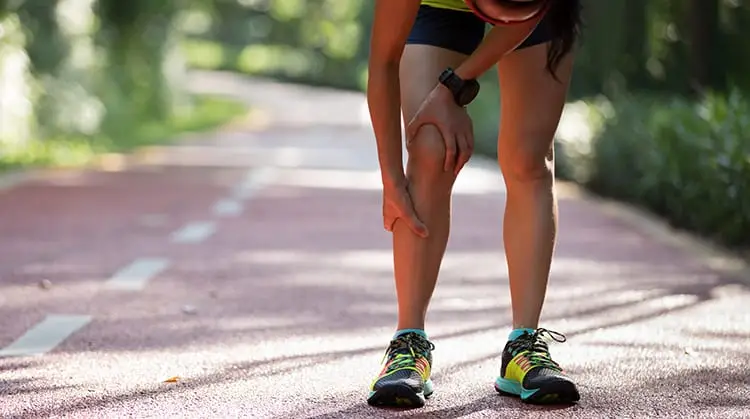SHIN SPLINTS NO MORE
Shin splints, medically known as medial tibial stress syndrome, is a collective term used to describe multiple conditions that cause shin pain. Therefore, it is important to establish that there is not one singular cause.
More specifically there are two distinct types of shin splint:
Type 1:
A stress reaction occurs on the inside border of the tibia bone. A stress reaction is the stage preceding a stress fracture.
Type 2:
The inner shin bones outer surface known as the periosteum becomes irritated at the attachment sites of the Tibialis Posterior and Soleus muscles.
Symptoms:
Shin splints is characterized by pain in the lower leg, on the front, outside or most commonly on the inside of the leg.
The cause of this injury is thought to be due to repetitive overuse, being more common in long distance runners, dancers, and gym goers.
Did you know?
Shin splints account for an estimated 10.7 percent of injuries in male runners and 16.8 percent of injuries in female runners. Aerobic dancers are among the worst affected and have shin splint rates of up to 22 percent (medicalnewstoday,2021)
What other factors may predispose me to shin splints?
- A sudden increase in running distance, intensity or frequency.
- Running on uneven terrain such as hills, concrete or uneven road.
- Poor foot mechanics (an inability to pronate and supinate).
- Poor footwear.
- Weak hip muscles.
- Poor ankle strength.
- Short muscle length in calf or hamstrings (or too long).

Diagnosis
Your Physiotherapist can usually diagnose you based on a full history of your present condition, current symptoms, athletic activity and a physical examination. In some instances, further investigation may be required in the form of an x-ray or ultrasound.
Early stage rehab
If you have been diagnosed with shin splints and it is stopping you from doing what you love there is good news! Shin splints can be cured IF managed well. In the acute stages, the PRICE (Protection, Rest, Ice, Compression, Elevation) method is a good place to start. From there, one of our trusted Physiotherapists can help you on your way to full recovery.
What may Physiotherapy look like for me?
You can be sure that with us, you are in good hands. Here are some ways our physiotherapist may choose to help you get back on track.
- Gait & run analysis: To examine your running technique to see if there are any biomechanical causes.
- Addressing lower limb muscle imbalances with muscle strengthening, coordination, stretching and mobility exercises.
- Soft tissue massage to reduce pain, tension and improve blood circulation.
- Application of tape to improve muscle function, reduce pain, swelling and fatigue.
- Provision of an appropriate return to run program with incremental increase in frequency, intensity, and time.
- Activity modification: balance of maintaining cardiovascular fitness without aggravating the shins.
- A referral to our acupuncturist for treatments such as Periosteal acupuncturepecking: Tapping on the surface of the shin bone with acupuncture to stimulate healing.
- A referral out to an podiatrist if the condition is foot related.
References:
- medicalnewstoday.(2021)allyouneedtoknowaboutshinsplints. Available: https://www.medicalnewstoday.com/articles/best-running-shoes#product-list. Last accessed 16/02/2021.





